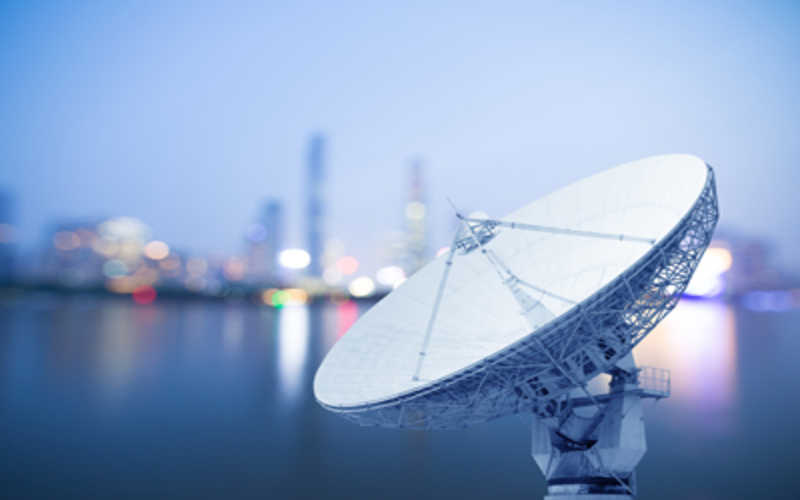While televisions became omnipresent a long time back, technologies that revolve around it have gone through an immense makeover by changing the way we perceive a TV's quality, quantity and features via which content can be viewed, generated and distributed. Unlike Cell phones and mobile devices where the shelf life is quite short (less than two years), owing to its highly volatile ecosystem, the Television has managed to stick around its shelf for longer periods (typically 7-8 years). From the era of CRT screens to plasma/LCD/LED screens, the Television has changed not just in its physical appearance but has managed to instill a sense of intelligence within itself too. From a traditional Analog broadcasting to set-top boxes for a digital entertainment experience, it has evolved to a level of ‘smartness’ that has changed the way people access digital content and entertainment. With the advent of the Internet information explosion, TVs have evolved to become truly connected devices and have begun utilizing user-TV interactions for semantic analysis. The now popular ‘smart TV’ can not only give you an enhanced home networking entertainment experience but also act as a window to world of online services and information. This article will take you through some of the most popular smart TV services and technologies along with exploring the challenges faced within the TV ecosystem and finally introducing the Android TV.
Click here to read the full paper

Top


Sasken is a specialist in Product Engineering and Digital Transformation providing concept-to-market, chip-to-cognition R&D services to global leaders in Semiconductor, Automotive, Industrials, Smart Devices & Wearables, Enterprise Grade Devices, Satcom and Transportation industries.
Sasken Technologies Ltd
139/25, Ring Road, Domlur, Bengaluru 560071, India
CIN# L72100KA1989PLC014226